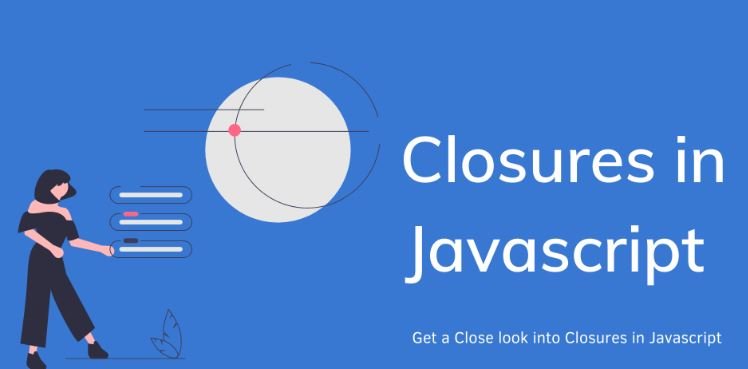JavaScript is a powerful and flexible programming language widely used for web development. Two of its fundamental concepts, closures and scope, play a crucial role in how code is executed and how variables are accessed. Understanding these concepts is essential for writing efficient and maintainable JavaScript code.

What is Scope?
Scope in JavaScript refers to the context in which variables are defined and accessed. There are three main types of scope: global scope, function scope, and block scope. Each type of scope determines the accessibility of variables in different parts of the code.
Global Scope
Variables declared outside any function or block have global scope. They can be accessed from anywhere in the code. However, relying too much on global variables can lead to potential conflicts and bugs, especially in larger applications.
Function Scope
Variables declared inside a function are scoped to that function. They cannot be accessed from outside the function. This is known as function scope. Function scope helps in encapsulating variables within functions, thus preventing unintended interference from other parts of the code.
Block Scope
With the introduction of let and const in ES6, JavaScript also supports block scope. Variables declared with let or const inside a block (e.g., inside an if statement or a loop) are only accessible within that block. Block scope allows for more precise control over variable visibility, reducing the risk of errors.
What are Closures?
Closures are a feature in JavaScript where an inner function has access to variables in its outer function’s scope, even after the outer function has returned. This allows for powerful patterns, such as function factories and encapsulation of data. Closures creates when a function is declares, capturing its surrounding environment.
How Closures Work
When a function create it retains a reference to its lexical environment, which includes the scope in which it declares. This is what makes closures possible. The inner function forms a closure around the variables of the outer function, allowing it to access those variables even after the outer function has completed execution.
Practical Uses of Closures
Closures are commonly use in JavaScript for various purposes, such as data privacy and function factories. They enable the creation of private variables that cannot be access directly from outside the function, ensuring data encapsulation. Additionally, closures allow the creation of functions with preset arguments or configurations.
Data Privacy
Closures allow you to create private variables that cannot be access directly from outside the function. This helps in encapsulating data within a function and protecting it from external modifications. Private variables can only be access and modify through the return function.
Function Factories
Closures can be use to create functions with preset arguments or configurations. This technique allows for the generation of specialized functions that share common logic but operate with different parameters. Function factories enhance code reusability and modularity.
Conclusion
Understanding closures and scope is fundamental to mastering JavaScript. Scope determines where variables can be access, while closures allow functions to retain access to their lexical environment. By leveraging these concepts, developers can write more efficient, modular, and maintainable code. Whether you’re managing private data, creating function factories, or simply organizing your code, closures and scope are powerful tools in your JavaScript toolkit.











